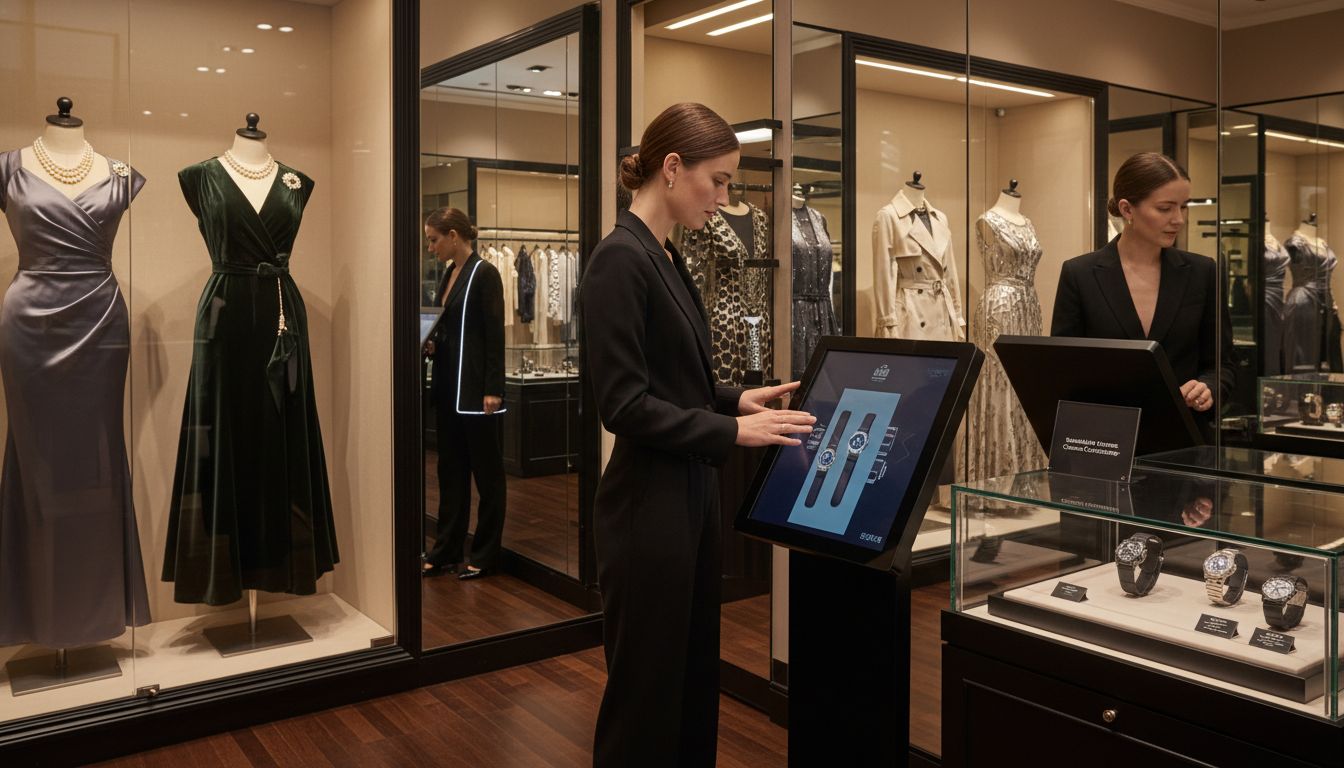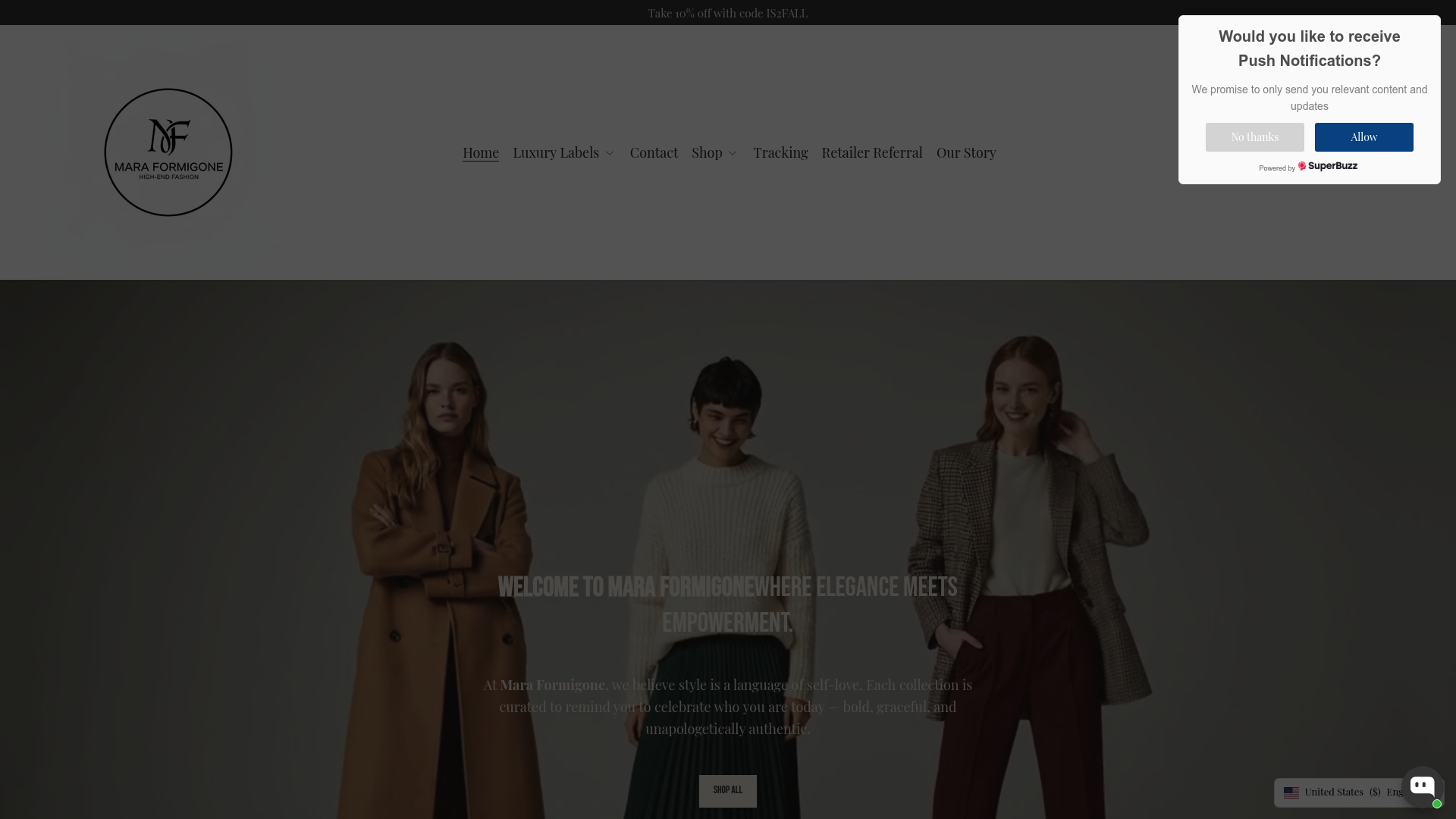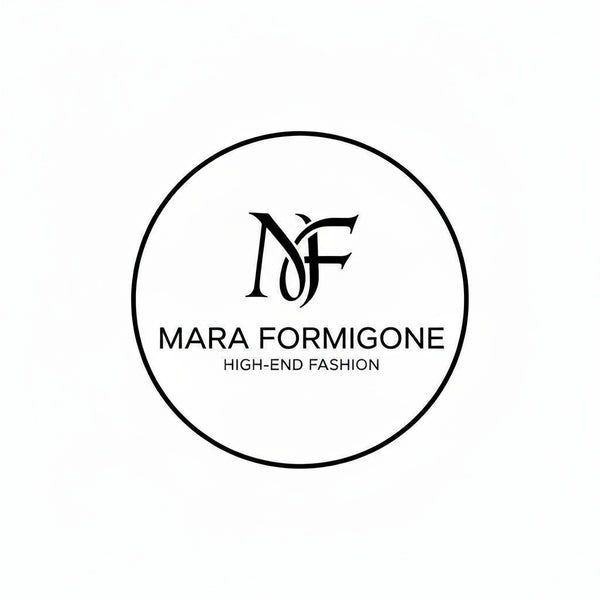Did you know over 70 percent of consumers say fashion trends influence how they express themselves? Clothing choices shape more than appearance. Trends reflect social shifts, cultural identity, and personal values every season. The rise and fall of styles reveals deep connections between designers, influencers, and everyday individuals. With each new trend, fashion tells a story that shapes behavior, drives markets, and sparks fresh conversations about identity.
Table of Contents
- Defining Fashion Trends and Their Influence
- Types of Fashion Trends in Luxury Markets
- How Fashion Trends Shape Consumer Behavior
- The Impact of Designers and Influencers
- Risks and Misconceptions Around Trend Adoption
Key Takeaways
| Point | Details |
|---|---|
| Fashion Trends as Social Mirrors | Fashion trends reflect societal dynamics and individual identities, acting as a form of nonverbal communication beyond mere clothing choices. |
| Impact of Designers and Influencers | Designers and influencers shape cultural narratives and trend forecasting, influencing consumer perceptions of style and social representation. |
| Risks of Trend Adoption | Engaging with fleeting trends can lead to financial, psychological, and environmental consequences, urging consumers to consider authenticity in their style choices. |
| Psychological Drivers of Trends | Emotional resonance and the desire for social validation drive trend adoption, highlighting the interconnected nature of identity and consumer behavior. |
Defining Fashion Trends and Their Influence
Fashion trends are far more than just clothing styles - they are powerful narratives reflecting complex social dynamics. According to AllStudyJournal, these dynamic patterns represent intricate visual languages that capture societal shifts, cultural influences, and individual expressions of identity.
Visual Stimuli play a crucial role in shaping fashion evolution. Research from ArXiv reveals a fascinating hierarchy of trend drivers, with style emerging as the most significant element, followed by color and texture. This nuanced understanding demonstrates how fashion transcends mere clothing choices - it becomes a sophisticated form of nonverbal communication.
At their core, fashion trends serve as collective mirrors, reflecting the zeitgeist of different eras. They encapsulate emotional landscapes, economic conditions, and cultural movements through carefully curated visual narratives. Designers and consumers alike participate in this complex ecosystem, where clothing becomes a canvas for expressing societal transformations, personal philosophies, and emerging aesthetic sensibilities.
Three key dimensions define contemporary fashion trend dynamics:
- Cultural Representation: Clothing as a reflection of social identity
- Personal Expression: Individual style as a form of storytelling
- Visual Communication: Strategic use of design elements to convey meaning
Types of Fashion Trends in Luxury Markets
Luxury fashion trends represent a sophisticated intersection of artistic expression, cultural commentary, and personal style. According to WhoWhatWear, the Autumn/Winter 2025 season promises a nuanced blend of bold statements and refined subtlety, showcasing the dynamic nature of high-end fashion landscapes.
Seasonal Luxury Trends emerge through multiple distinctive categories. Winter 2025 highlights several key trend directions, including retro-inspired designs, with '50s aesthetic elements making a significant comeback. WhoWhatWear notes the prominence of iconic early-2000s accessories, reimagined with contemporary sophistication, alongside bold color choices that challenge traditional luxury aesthetics.
The luxury fashion market distinguishes itself through several unique trend manifestations. These include statement pieces that transcend mere clothing and become cultural artifacts, limited edition collections that blur lines between fashion and art, and highly personalized design approaches that cater to individual expression. Accessories like luxury watches are no longer just timepieces but elevated status symbols that communicate personal narrative and aesthetic sensibility.

Key dimensions of contemporary luxury fashion trends include:
- Archival Revival: Reinterpreting historical fashion moments
- Technological Integration: Merging traditional craftsmanship with innovative materials
- Sustainability Consciousness: Prioritizing ethical production and environmental responsibility
- Individual Storytelling: Creating fashion as a personal narrative platform
How Fashion Trends Shape Consumer Behavior
Fashion trends are powerful psychological catalysts that extend far beyond aesthetic choices. According to Atlantis Press, these trends significantly influence consumer behavior by fundamentally dictating purchasing decisions and shaping personal aesthetic narratives.
Emotional Resonance plays a critical role in trend adoption. Research from ArXiv reveals fascinating insights into how social media sentiment directly correlates with consumer behavior, demonstrating that emotional responses can predict and drive trend popularity. Consumers aren’t just passive recipients of fashion trends - they actively participate in a complex ecosystem of visual communication and personal identity construction.
The psychological mechanisms underlying fashion trend influence are multifaceted. Consumers seek trends as mechanisms for social belonging, individual expression, and status signaling. By aligning with specific fashion movements, individuals communicate complex narratives about their personal values, cultural affiliations, and aesthetic sensibilities. This dynamic interaction transforms clothing from mere functional covering to a sophisticated form of nonverbal communication.
Key psychological drivers of fashion trend adoption include:
Here’s a summary of key psychological drivers influencing fashion trend adoption:
| Driver | Description |
|---|---|
| Social Validation | Gaining acceptance through shared aesthetics |
| Identity Expression | Showcasing personal stories via fashion |
| Emotional Projection | Aligning style with inner emotions |
| Cultural Participation | Joining societal conversations through style |
- Social Validation: Seeking acceptance through shared aesthetic choices
- Identity Expression: Using fashion as a personal storytelling medium
- Emotional Projection: Connecting with trends that reflect inner emotional landscapes
- Cultural Participation: Engaging with broader societal conversations through style
The Impact of Designers and Influencers
Designers and influencers are the critical architects of fashion’s ever-evolving landscape, wielding unprecedented power in shaping global style narratives. According to ArXiv, these creative pioneers play pivotal roles in introducing new styles and forecasting long-term trends that redefine aesthetic expectations across different cultural contexts.
Cultural Transformation through fashion becomes possible via strategic collaborations between designers, brands, and social media influencers. Wikipedia illustrates this phenomenon through the streetwear movement, which emerged from the innovative fusion of hip-hop and surf cultures. This powerful trend demonstrates how influencers can elevate niche style expressions into mainstream global fashion phenomena, blending casual aesthetics with luxury sensibilities.
The contemporary fashion ecosystem operates as a complex network where designers and influencers serve multiple interconnected roles. They are not just trend creators but also cultural interpreters, social commentators, and strategic brand architects. Their influence extends beyond aesthetic choices, encompassing broader discussions about identity, representation, sustainability, and social consciousness. By curating visual narratives, they transform clothing from mere functional items into powerful mediums of personal and collective expression.
Key dimensions of designer and influencer impact include:
- Trend Forecasting: Identifying and introducing emerging style directions
- Cultural Translation: Interpreting societal shifts through fashion
- Brand Storytelling: Creating immersive narratives around design concepts
- Global Communication: Bridging diverse aesthetic perspectives through visual language
Risks and Misconceptions Around Trend Adoption
Fashion trend adoption is a complex landscape fraught with potential pitfalls and misunderstood dynamics. Wikipedia highlights the significant risk of engaging with fleeting trends, which can manifest as short-lived phenomena that rapidly gain popularity but quickly fade, potentially leading to substantial financial and environmental consequences for consumers.
Fashion Dissemination Myths persist in how trends are understood and adopted. Contrary to traditional beliefs, Wikipedia reveals that the mass-market theory challenges the conventional top-down model of trend propagation. This means trends no longer exclusively trickle down from elite fashion circles but can simultaneously emerge across diverse social groups, fundamentally transforming our understanding of style evolution.
The psychological and economic risks of uncritical trend adoption extend beyond monetary investments. Consumers often find themselves trapped in cycles of constant consumption, chasing ephemeral aesthetic ideals that can undermine personal style authenticity. This pursuit not only strains financial resources but also contributes to environmental waste through rapidly discarded clothing items that fail to maintain lasting relevance.

Key risks associated with trend adoption include:
- Financial Drain: Continuous spending on quickly obsolete fashion items
- Identity Erosion: Losing personal style to mass-market conformity
- Environmental Impact: Contributing to textile waste and unsustainable consumption
- Psychological Pressure: Experiencing anxiety from constant aesthetic reinvention
Elevate Your Style by Embracing Timeless Fashion Trends
Understanding fashion trends goes beyond following fleeting styles it is about expressing your identity and making thoughtful choices that reflect your values and emotions. The article highlights the risks of chasing quick trends that lead to financial strain and loss of personal style. At Mara Formigone, we believe in curated luxury that respects individuality and sustainability through designer pieces that tell your unique story.
Discover our exclusive selection of iconic brands like Gucci and Prada crafted to offer lasting elegance and cultural resonance. Whether you seek bold statement accessories or refined wardrobe essentials, our collection allows you to engage with fashion as a powerful form of self-expression while avoiding the pitfalls of mass-market conformity.
Ready to redefine your wardrobe with intentional style choices that inspire confidence and cultural participation?

Explore premium designer fashion today at Mara Formigone and experience the impact of luxurious craftsmanship that supports your authentic fashion narrative. Take the first step toward timeless elegance now by visiting our curated luxury collection. Your enduring style journey starts here.
Frequently Asked Questions
What are fashion trends and how do they influence society?
Fashion trends are dynamic patterns in clothing styles that reflect social dynamics, cultural influences, and personal identity expressions. They act as visual languages that capture societal shifts and emotional landscapes.
How do designers and influencers impact fashion trends?
Designers and influencers play crucial roles in shaping fashion by introducing new styles and forecasting trends. They create cultural interpretations and brand narratives, bridging diverse aesthetic perspectives through their influence.
What are some risks associated with adopting fleeting fashion trends?
Adopting fleeting trends can lead to financial strain from constant spending, identity erosion by conforming to mass-market aesthetics, environmental impact due to textile waste, and psychological pressure from the need to continually reinvent one’s style.
What psychological factors drive consumers to adopt fashion trends?
Key psychological drivers include social validation through shared aesthetics, identity expression via personal storytelling, emotional projection aligning style with personal emotions, and cultural participation through engagement in societal conversations.

